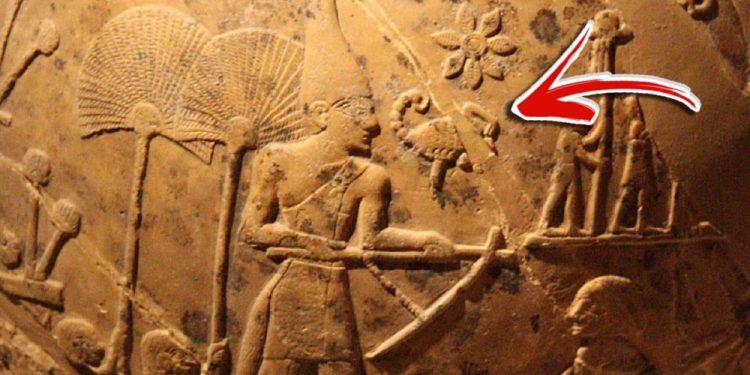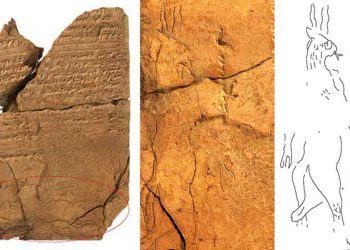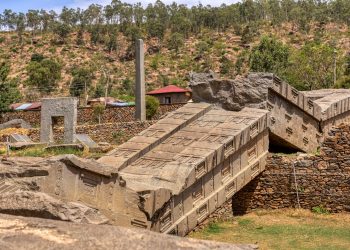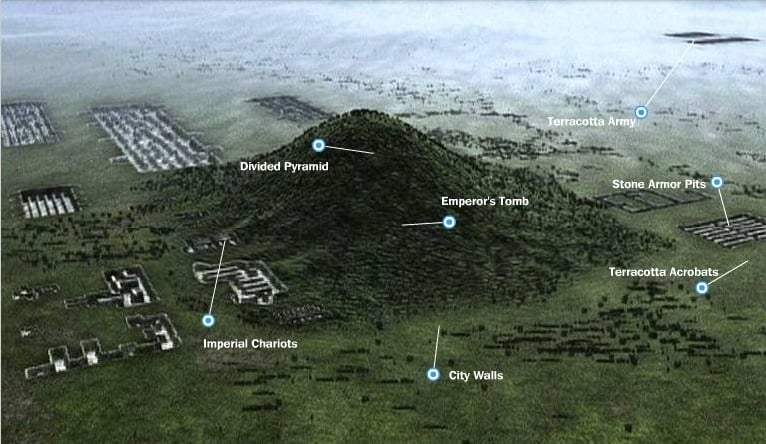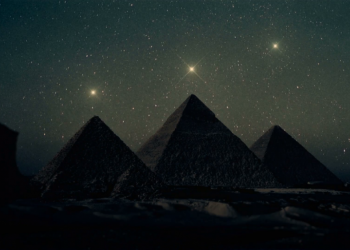Egypt is a land of mysteries, legends, and myths that make the impossible seem possible. From mighty pyramids built thousands of years ago, legends of Gods walking among people, and how Scorpion Kings ruled the land of Egypt. Luckily, the sands of Egypt have done an excellent job of preserving the history of the land of the pharaohs. In 1995, researchers Dr. John Coleman Darnell, a Yale Egyptologist, and his wife, Dr. Deborah Darnell, discovered at Gebel Tjauti (south-east of Abydos) the ‘Scorpion Tableau,’ an ancient text carved 5.350 years ago in the limestone of a desert in Egypt, that illustrates the victorious rule of a ruler identified as the Scorpion King.
The Scorpion Tableau
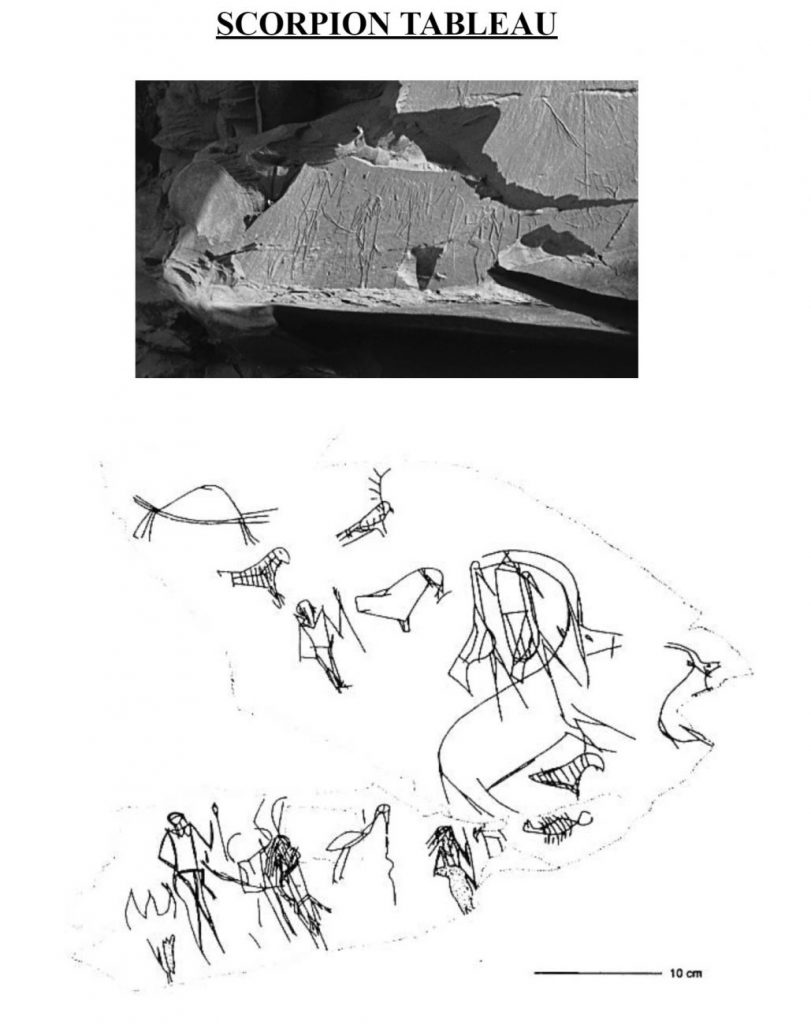
Scorpion King
His name was written in ancient times as a hawk above a scorpion. It suggests that more than 5,000 years ago, the Scorpion defeated the King of Naqada, unifying that way Upper Egypt, in a prelude to the unification that would later take place when Upper and Lower Egypt were unified by Narmer, officially considered the first Egyptian pharaoh. Researchers say that etched on the tableau at Gebel Tjauti, the ancient scribes incised using flint tools figures and symbols that seem to depict the procession of a ruler returning to the city of Abydos after defeating a rival leader, Naqada.
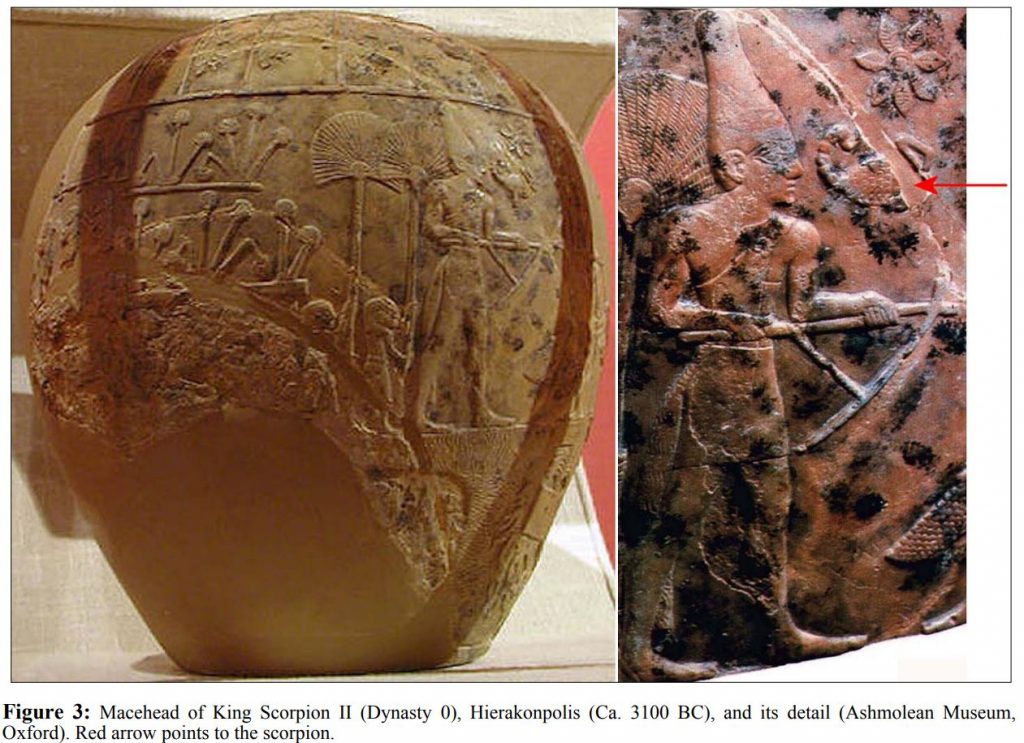
Symbology
A falcon is drawn above a scorpion. Researchers say that the falcon symbol is a standard depiction of the god Horus, and the name Horus is, in turn, another word used to describe a king in Egyptian history. So, experts say that the subject depicted in the tableau is believed to be no other than the King Scorpion, or the Scorpion King, once assumed to be a mythic ruler of ancient Egypt.
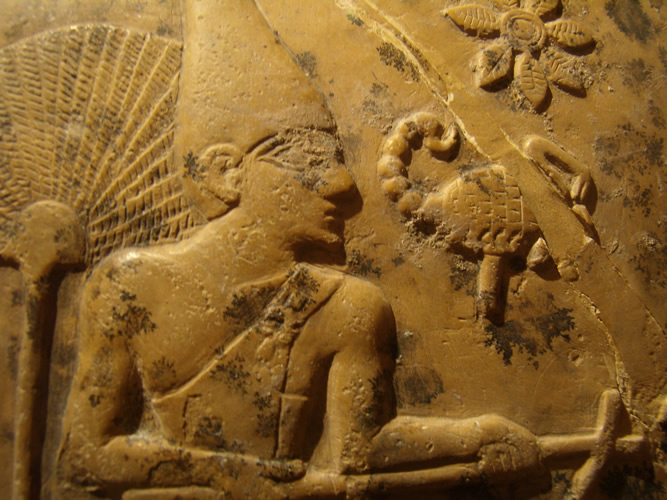
The Scorpion King and the Creation of Ancient Egypt
The Scorpion King is considered the ruler who greatly contributed towards the creation of ancient Egypt, a land that Narmer would later unify. Narmer was an ancient Egyptian king of the Early Dynastic Period, and scholars agree that Narmer probably was the successor to the Protodynastic king Ka, or possibly Scorpion. Some consider him the unifier of Egypt, the founder of the First Dynasty, and, in turn, the first king of a unified Egypt.
The Scorpion King’s Existence is Disputed
However, there is a great dispute surrounding this historical figure. Several theories are debating his identity and true chronological position in the history of ancient Egypt. Some Egyptologists, such as Bernadette Menu, argue that because Egyptian kings of the First Dynasty seem to have had multiple names, Scorpion was the same person as Narmer, simply with an alternative name or additional title.
King Scorpion II
Other researchers, including T. H. Wilkinson, Renée Friedman as well as Bruce Trigger, believe King Scorpion II was the ‘Gegenkönig’ (opponent ruler) of Narmer and Ka. At the time of Scorpion II, the lands of Egypt were divided into several minor kingdoms that were fighting each other for greater territory. It is thought that Narmer may have conquered the realms of Ka and Scorpion II, therefore unifying the lands of Egypt for the first time.
The Tomb of the Scorpion King
The exact resting place of the Scorpion King continues to elude experts. Two tombs are both seen as prominent candidates. The first is dubbed Tomb B50 and is located at Umm el-Qa’ab (close to Abydos). It is a quadratic chamber divided into four rooms by a cross-shaped mud wall. Several ivory tags with scorpion figures have been excavated at the tomb. The second potential tomb is located at Hierakonpolis and is dubbed Tomb HK6-1. It measures 3.5 m × 6.5 m, has a depth of 2.5 m, and is strengthened with mud. Several ivory tags with scorpion figures were found there as well.
Have something to add? Visit Curiosmos on Facebook. Join the discussion in our mobile Telegram group.



